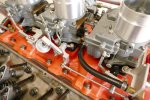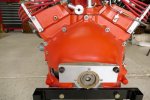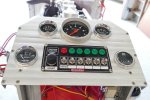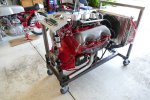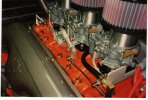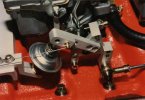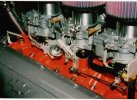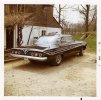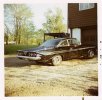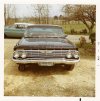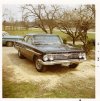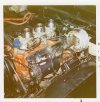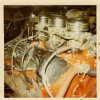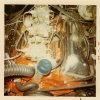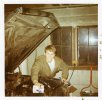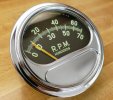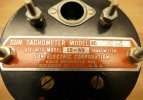Info first: Three original Rochester 2GC [ the stamped aluminum triangular tags - center carb 7013020; rear 7013017; front 7013015 ]. I bought three rebuild kits from NAPA made by Echlin' p/n 2-5146C
, and two p/n 2-5147 [secondary end carbs]. I verified these nos. through Echlin before I ordered from NAPA. When I originally built this engine in '95, I rebuilt the carbs then, but I believe the kits were through Big A, and don't remember who made the kits. The reason for going through them a second time was that after my run stand was completed, I ran fuel through them [4psi electric pump] and I was not getting that initial spray from the cluster ass'y. The molded rubber cups on the plunger assemblies had all shrunk and would not seal the pump wells. I installed the new kits, the primary difference being that the new pump plungers had a circular spring under the cup seal lip to put mor tension against the pump well walls. That circular spring, I believe, added too much tension, causing all three cup seals to develop a tear in the side [I lightly oiled the cup seals and pump wells first]. I called Echlin and they gave me part nos. for just the pump plunger/cup seal assembly alone [center p/n 2-4037, end carbs p/n 2-4036]. They told me that the ctr carb had a different length. I can't verify that yet, as only the ctr plunger came in, the two end plungers are coming from a different warehouse next week. The ctr plunger has no circular spring under the cup seal lip, unlike the kits I bought.
I have also checked/reset the float level, float drop, and pump rod adjustment. The main jets are #60 in ctr carb and #58 in end carbs.
I was searching some posts here and recall reading that the plunger springs were shortened. Were they the springs retained on the plunger itself, or the springs that sit in the pump well? How much were they cut and which ones?
I am using a Mallory dual point distributor with no vacuum advance on it. What should the timing with this be?
The base plate for the ctr carb has a 3/8-18 NPT thread. What was this for on the original cars?
I eliminated the road draft tube and set it up for a pcv and ran it to the ctr carb base. From what I have read here, some have plugged the ctr carb base hole [which I have done]. I still have a pcv in the road draft hole in the intake manifold. Should I run it where it does not affect the fuel mixture?
I have enclosed some pics.
Thanks,
Dick
I have also checked/reset the float level, float drop, and pump rod adjustment. The main jets are #60 in ctr carb and #58 in end carbs.
I was searching some posts here and recall reading that the plunger springs were shortened. Were they the springs retained on the plunger itself, or the springs that sit in the pump well? How much were they cut and which ones?
I am using a Mallory dual point distributor with no vacuum advance on it. What should the timing with this be?
The base plate for the ctr carb has a 3/8-18 NPT thread. What was this for on the original cars?
I eliminated the road draft tube and set it up for a pcv and ran it to the ctr carb base. From what I have read here, some have plugged the ctr carb base hole [which I have done]. I still have a pcv in the road draft hole in the intake manifold. Should I run it where it does not affect the fuel mixture?
I have enclosed some pics.
Thanks,
Dick

